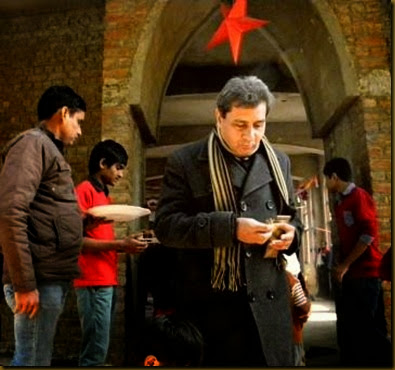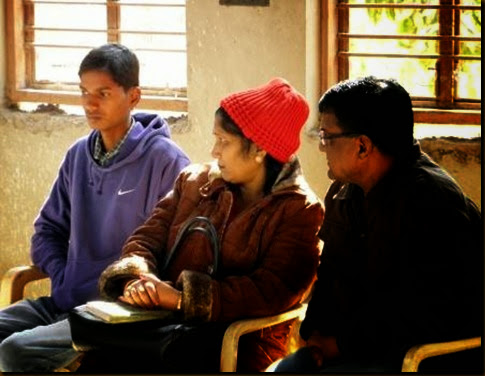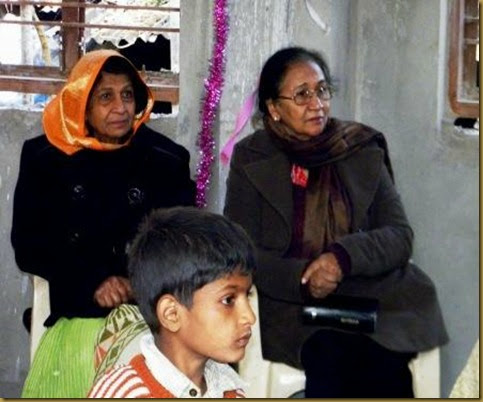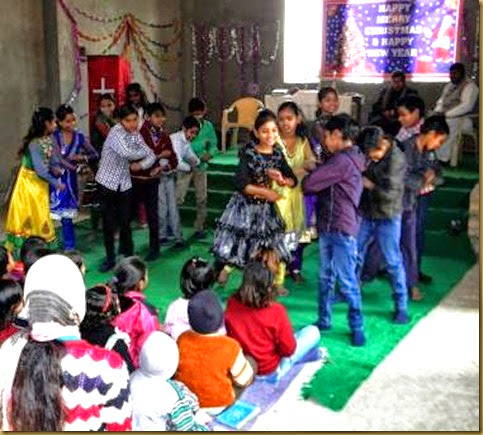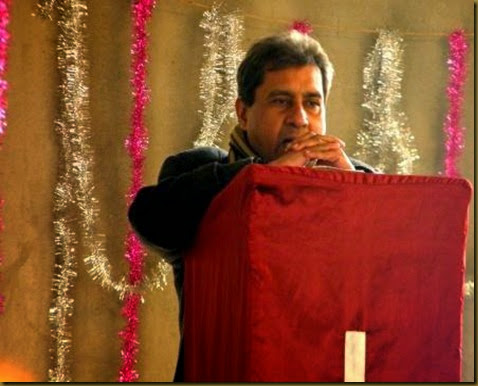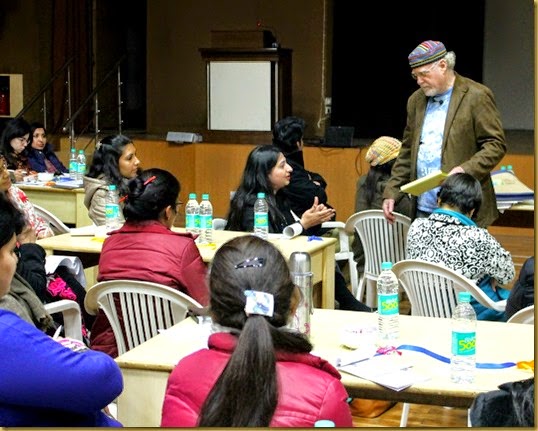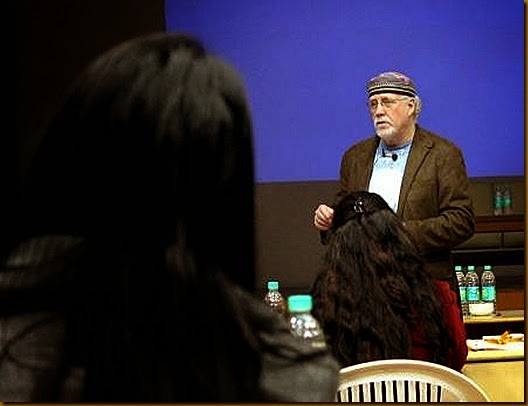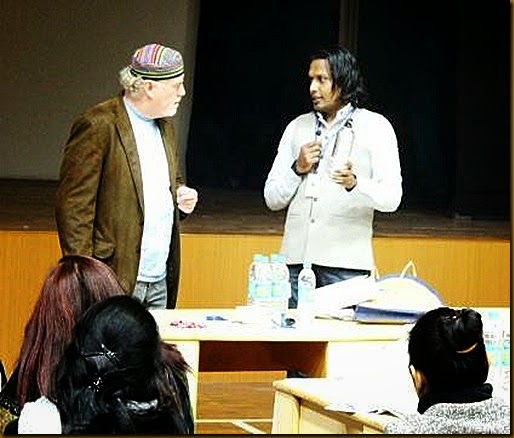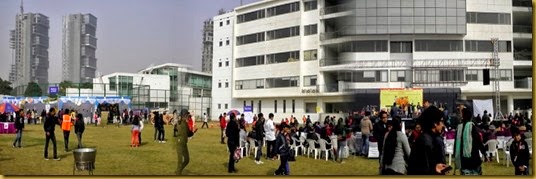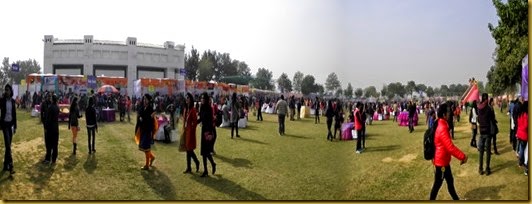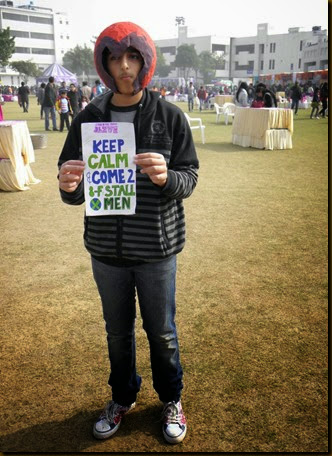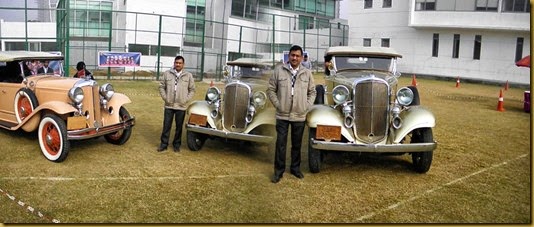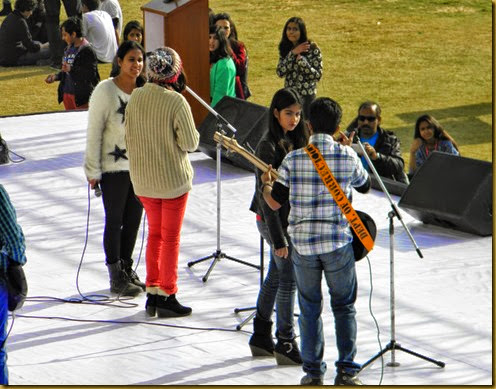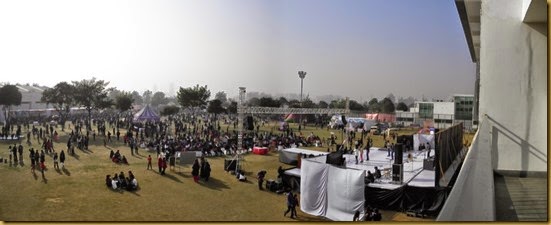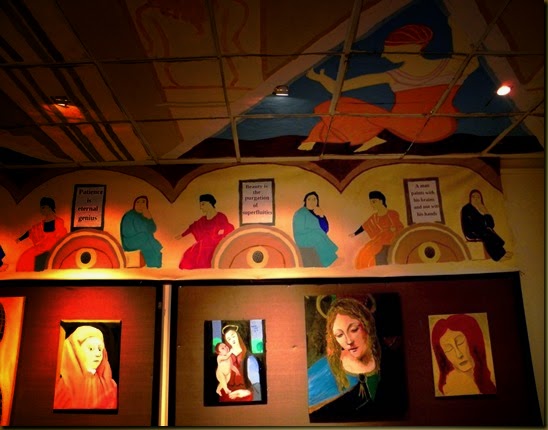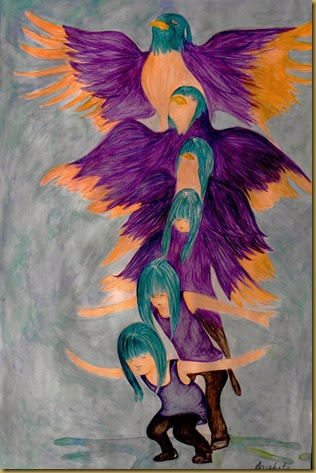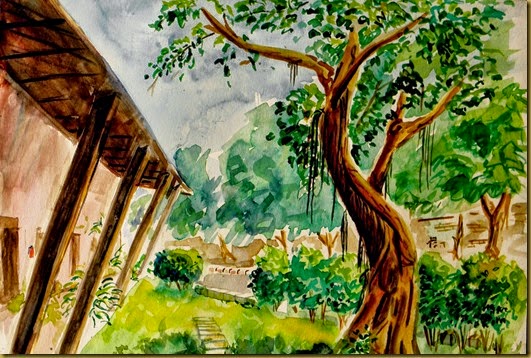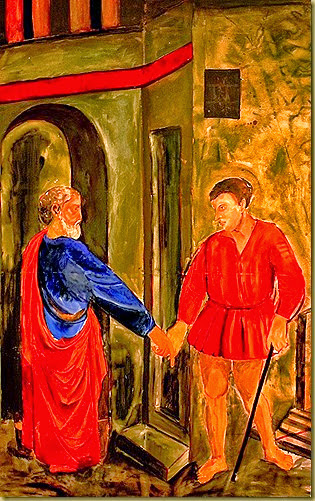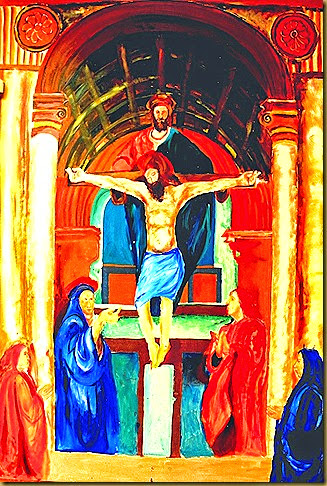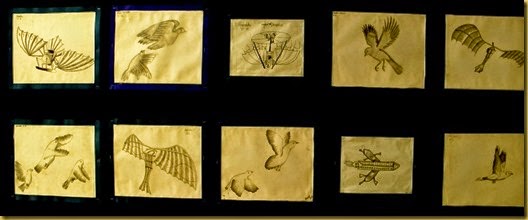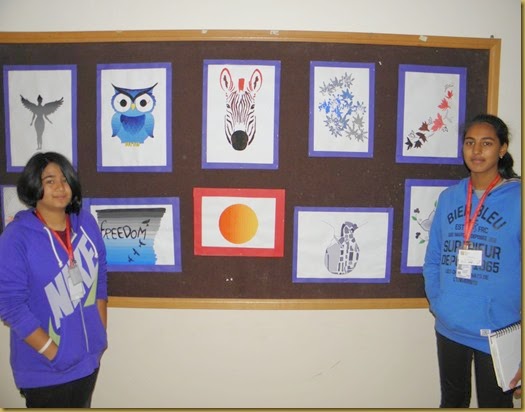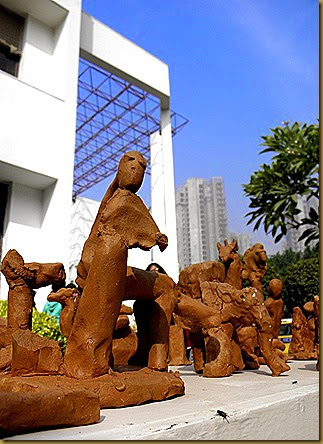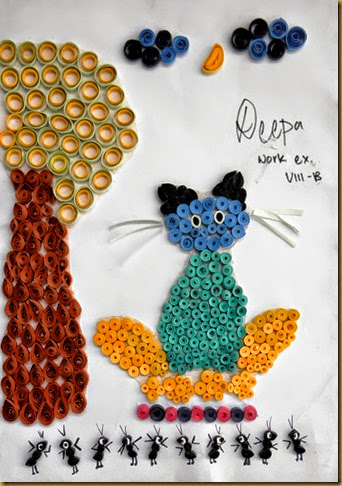Somehow all educationists who wish to be labeled as progressive have begun bandying words such as, Twenty-first Century Skills, Competency Based Education, Blended Learning, Internet-based Research Skills, and so on. Some of these so-called progressive Educationists will swear that Technology is the ultimate solution for all the problems in Education! Unfortunately in our mad rush to adopt Technology in Education we have forgotten the fact that Technology is meant to aid creativity and problem solving in students and not turn students into mere rote memorizers! Take for example the instance where Power Point Presentations are simply another excuse for making the students take notes. How much better is the Presentation than the lecture method if it is only used to make students take down notes in their notebooks? A PowerPoint Presentation can never be used as a stand-alone tool for contributing towards the learning of a particular topic, in fact, it needs to be accompanied by a spoken presentation and explanation by the person who has prepared the presentation.
Has Technology made us Lazy? Enter the Copy Paste Culture
Many a time I have been interrupted by some of my students while moderating an important discussion who didn’t want to take down written notes of important observations thrown up during the discussion. They wanted me to simply e-mail the observations to them. They just didn’t want to put in the effort of penning down important observations in their notebooks! Technology, if not used properly does make learners so lazy that they don’t want to use their brains for homework so what they do is to login to one of the websites that provide the readers with ready made notes. What happens next is that the copy-paste culture takes over the slog and plod culture of yesteryears! Excessive use of Technology has made our young learners at the school level to ascribe to the Instant Coffee attitude rather than the Bread Making attitude, because of which they display impatience, have poor concentration levels, and look for instant gratification! A delay in providing instant reinforcement and rewards often leads to students losing interest in the lesson.
When the use of Technology overwhelms and distracts the learner from the lesson
The ‘wow factor’ of technology is, unfortunately, one of the greatest reasons why educationists want to use them. When the teacher switched on his laptop and then linked his blue-tooth enabled stand alone speaker and then played a recording of a popular poem, the students kept looking at the blue tooth device marveling at the amount of sound that was pouring out from this rather diminutive device. Often, when an educationist unveils a new technologically advanced gadget as a tool for learning, it is as if he is a magician who is going to show the students a trick or two! In another case, after the students had read a rather difficult short story based on the persistence of slavery in the southern states of America, (which they found difficult to understand because of cultural disconnect) they were consequently shown a film based on African American Culture after emancipation. The film, a powerful metaphor in itself drew the students away from the theme and message of the short story that had preceded its screening. In this case, it would have been better not to have shown the film, but then the availability of technology, the overhead projector, the Wi-Fi connection, the speakers linked to the projector and the teacher having a laptop with the film on-board which he had downloaded from the from the website since the film was in the public domain meant that the temptation of showing the film had been too great to overcome! The saving grace, however, is that continuous use of the same technology is that students soon become used to its ‘wow factor’ and then things return to normal! Proper use of technology will lead to what is called as ‘Blended Learning’ and will enhance the learning process. In unskilled hands, the very use of technology might lead to more confusion and distraction than understanding. As a distraction, however, the improper use of Technology might kill Critical thinking and Problem-solving abilities in students.
When Technology undermines socially accepted basic skills
When the student starts using a phone to record important interviews rather than write an important thing on a notepad, he might unsettle the speaker! The same can be said when the same student uses his laptop or calculator to do minor calculations, it can invite frowns and criticism about his inability to do even the most basic of calculations! When a teacher was using a calculator to total the marks in the caging sheet of his students’ answer sheets, he was checked by another teacher who expressed surprise that he should use a calculator to do this, rather than total the figures in his mind!
The use of Technology might, in fact undermine the quality of Social Interaction!
It is said that the advent of the Internet has reduced distances and made the whole world a Global Village. E-Commerce has blurred boundaries and erased distances, which means that you can order a book from a far away country with the click of a button. For that effect, you can also buy stock shares in a distant country while sitting in the comfort of your living room while sipping on your wine. The use of Skype has meant that students can participate in exchange programs with their counterparts in far away countries without even having to leave their classrooms, forget about the expense of buying a ticket and running for a visa. The fact of the matter, however, is that the quality of social interaction has deteriorated tremendously. In times when one had penfriends, one took pains in writing letters, and yes one put a lot of thought while looking for correct words. Each letter thus written was a masterpiece of expression and a repository of genuine feelings. Today, as we are steadily drawn into a virtual world, which is without any depth of feelings and rather unemotional and mechanical. Today, when the teacher decides to switch to the discussion mode, it can be observed that students find it difficult to connect to each other, and they often display a shallow comprehension of what has been said by their classmates. Why also would a student bother to listen to his teacher explain a point when he or she can access the same on Google Search? Students have been known to show a total lack of interest in listening to an answer that might be wrong since they are smart enough having done research on the internet and crammed the notes and observations on a particular topic or poem. What these students are not ready to know is that they can learn from the mistakes others make. Students need to know that there is much to learn from each other and this includes listening to another’s point of view wrong though it may be! Technology might thus curb divergent thought and ideas that go against accepted notes on a website. In such cases, the learner might place more value to what is provided on the internet, rather than appreciate the point of view beliefs and feelings of a fellow learner. In such cases, I have personally observed how students are ready to snap or mock at a student who voices a different point of view. I need to keep reminding them to let the student complete his or her observation. An important aspect of learning lies in appreciating another person’s point of view, learning to be patient in listening to another person till the end. Patience, in such cases, is a virtue which has to be learned if one wants to learn to be a better human being. Education is also about learning important social skills, learning to interact with each other, learning to be polite and learning to open one’s mind to other possible alternatives to a problem.
‘When success is counted sweetest by those who have never succeeded!’
It goes without saying that we all learn from our failures. The Information Technology age and its associated technologies have taught us to be mechanically accurate to the point of thinking like machines. In such cases, errors are frowned upon, we have begun to train ourselves to think like machines. The inherent difference between the way that machines work and the way human beings think is leading to degraded creativity or divergent thinking. In an age which distances itself from the possibility of failure the fear itself of failure, means that we are directly or indirectly encouraging our learners to rote memorize accepted answers and beliefs. It is not good to fail, therefore, find ways to beat failure, even if it means memorizing stuff. Are we thus killing creativity in our learners by encouraging them to stick to accepted interpretations and popular beliefs? This, unfortunately, is the painful reality. How can learning take place unless it is coupled with the pain of failure? What about learning through experience – the experience of failure? Failure in itself contributes to a learning in itself through the mathematical process of elimination!
When the aesthetics of Technology promises a well-designed presentation
Students often come to me with queries regarding the kind of presentation that they should submit. They know very well that a presentation that is word processed and printed will look more presentable and appealing than one that has been written by hand! When an essay or an article or a thesis paper is word processed and printed, it brings with it immense possibilities. The placing of illustrations, the formatting of the page, the huge resources of illustrations, the uniformity of the font, all mean that the person who submits a printed project will by default submit a projects which will earn him more marks than the one who has laboured submitting a hand written project which he or she might have drafted a number of times to eliminate errors, which in the word processed form might have made use of the spell checker, and the facility of making corrections on the computer before the final submission! Whom would the teacfavorvour? The handwritten presentation, or the one that has been handwritten, the one over which the student must have literally sweated over?
Where information surfeit overwhelms us!
The immense resources available to us thanks to the Information Technology Age has left us more confused than ever! How much information will you incorporate into your project? How do you process all that information to draft an essay that has just the required number of value points? In most cases, the student will have spent more time in processing the huge amount of information than in thinking about the logical progression of ideas in his essay.
Where the accuracy of Information, facts and figures is more important than the learning of ideas.
Have we come a great way from the time when Albert Einstein had an argument with his History teacher about learning historical facts and figures? I guess we are still there. For Einstein, learning of ideas was more important than memorising facts and figures which were in any case available in text books. For Einstein it was more important to know why so many people died on the battle field rather the number of casualties. The history teacher laughed at him! Today, the history textbooks have been replaced by the websites that provide accurate facts and figures. Where then does the amount of information available on the net leave our learners? Is the getting of marks in exams dependent on the accuracy of the content, or is it dependent on the logical reasoning of the student and his or her ideas? Are we in fact marking our students for their memorisation of facts and figures available on the internet? Unfortunately, technology has rewarded those who can memorise facts rather than those who display an understanding of ideas! We are no better today than the History teacher who reprimanded Einstein for not having learned how many men were killed in the battle of Waterloo!
Technology is a useful tool and it should be used to empower learning, provide for understanding, promote problem solving and out of the box thinking!
This doesn’t mean that we don’t use technology in our pedagogy today. The purpose of this article is not to ignore the contribution of Technology to everyday pedagogy. Rather, the writer’s rationale is that Technology should be the means to an end and not an end in itself. In our journey of progress, we have unfortunately forgotten that we are human beings and think and behave differently from machines. What marks us as different from machines is that we have the ability to thing differently and creatively. In our effort to provide the best in education, we should not ignore the fact that we are human beings, and we need to make our learners versatile, resourceful and creative. Our obsession with technology and machines has resulted in our creating a generation of nerds. What we need to do is to explore ways to use technology in such a way that it creates human beings who have a better understanding of the world they live in. The emotive aspect of learning, empathy for others, and producing learners who have compassion for others is more important than the creation of a generation of learners who are control freaks, nerds, and conformists.









